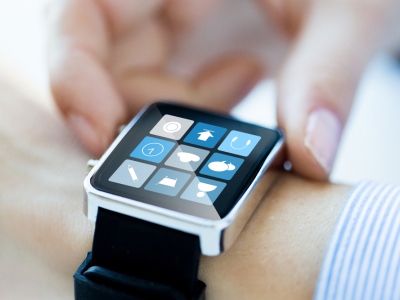
Introduction
With the onset of the new age of digital television, consumers have concurrently made the jump from standard definition to high definition in the last few years along with an increased number of television viewers subscribing to a subscription service in the past decade. Estimates are overwhelming though not surprising that approximately 99 percent of American households have at least one television set while 91 percent of them subscribe to either a cable or satellite TV provider. However, the jump between the two standards has not been the easiest transition for many consumers who are still learning to use the new vocabulary of high-definition equipment and navigating the gradual learning curve that comes with newer technology.
Are You Watching Standard-Definition on a High-Definition TV?
Whatever the reasons are that has placed uncertainty or lack of general excitement over higher visual quality, statistics gathered in the past year have shown that just over 10 percent of a total day’s viewing of cable TV is in high-definition. The numbers vary, of course, when factoring in the many households that still watch TV on several standard-definition televisions (even those with one main HDTV). While the latest Nielsen study estimates that 80 percent of television viewing is still in standard-def, the number may seem inflated when considering other varying factors that contribute to the overwhelming percentage. It’s true that are a significant percentage of people who have an HDTV but are watching a standard-definition feed whether by choice or by mistake.
Whereas just a little over half of American households own at least one HDTV, there are an estimated 10 to 20 percent that are displaying their high definition sets in standard quality. And the reasons can range from any number of factors including the use of an SD set-top box instead of an HD, or a hookup using the wrong cables. There are even indications that some consumers believe that an HDTV automatically displays everything in high definition and are unaware about HD sources and signals required for HDTVs to display actual HD content. And then there are the few—content with the standard-definition feed—who knows how to receive HD but don’t bother subscribing to their television provider’s HD service due to the extra cost.
Feel Like an Expert with These Need-to-Know Basics of High-Definition
Yes, sure, HD devices are extra dollars spent for higher quality content. However, the difference in visual quality is staggering, and it should be very obvious when the right equipment is utilized to their extent. Here are a few basic things about high-definition you ought to familiarize yourself with whether you’re out shopping for an HD device or have an opportunity to pass on some expertise to others:
- Display resolutions in 720p, 1080i and 1080p are high-definition. Standard-definition televisions are 480i and 480p. The “i” means interlaced scan while the “p” means progressive scan, which are the two ways of displaying an onscreen image. Interlaced scan is mainly used for broadcast television while progressive scan is utilized by digital media formats. The difference being that progressive scan displays an image faster and smoother than interlaced, which makes the video quality clear and more detailed even in motion.
- An HDTV must have an HD source in order for it to display in high-definition. An HDTV will only display a resolution as high as the television or HD source supports. Meaning a 720p HDTV can only display a 1080p source in 720p such as, for example, if you were to watch a Blu-ray movie on a 720p HDTV, the television would downconvert the higher HD signal of the Blu-ray (1080p) to match the HDTV’s resolution.
- Conversely, an HD source in 720p/1080i such as cable and satellite HD channels will only be displayed by a 1080p HDTV in 720p/1080i. 720p and 1080i are basically the same resolution and you will most likely see an HD broadcast (from an HD set-top box in 1080i on either a 720p or 1080p HDTV.
- Make sure when you order either cable or satellite TV service that your receiver is an HD receiver. The receiver should be labeled as HD on the model number. You can also tell by the outputs in the back of the receiver. HD receivers will have both component and HDMI video outputs.
- There are two types of HD cables: component and HDMI. The only difference one will encounter with either cable concerns the HD source device. Many are starting to support HDMI only as the HD cable of choice. Make sure you use the cable that comes with an HD device such as a cable or satellite HD receiver, which usually comes with an HDMI cable.
- Standard-definition signals such as SD channels displayed on an HDTV will often produce poor picture quality since the HDTV must upscale the standard 480i resolution to fill the resolution size of the high-definition television, which enlarges and deteriorates the image. The image can be further worsened by using an HDTV’s picture setting that can sharpen the image and make the poor quality even more noticeable.
- Standard-definition channels on an HDTV can be made to look slightly better with the right picture setting on your HDTV, which also depends on the television itself and how extensive its settings are. Still, an HDTV is best suited to display high-definition content and the difference is staggering enough to turn anyone onto the HD scene.
About the Author: Frank Ganz loves gizmos and gadgets and currently writes for DIRECTV Deals. He keeps himself busy by keeping track of and writing about news, trends, and up-to-date information on all things related to satellite television and high-definition technology.










Comments